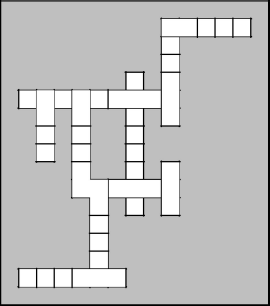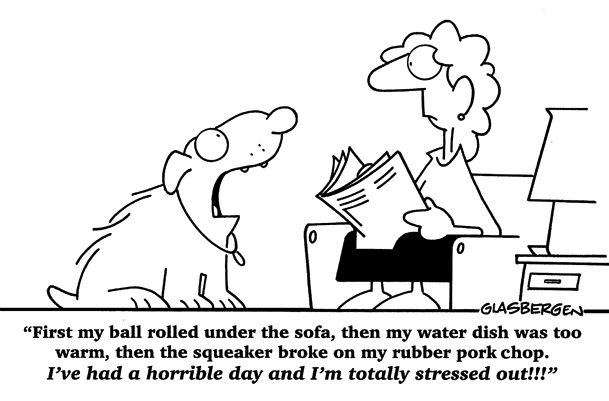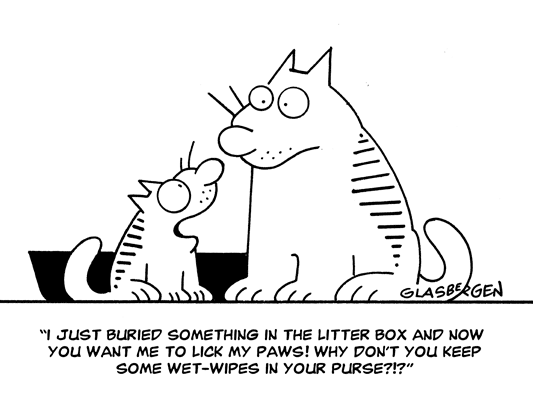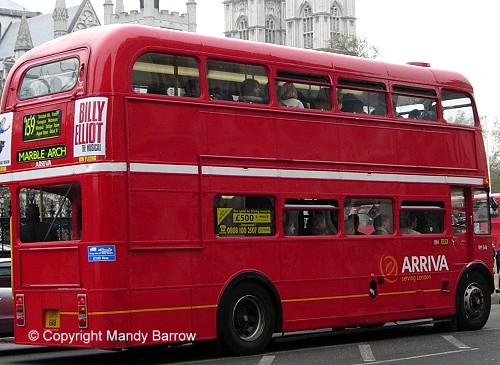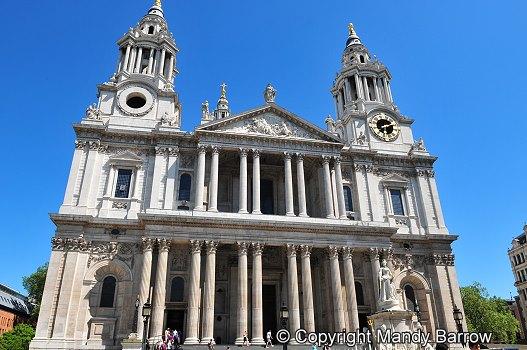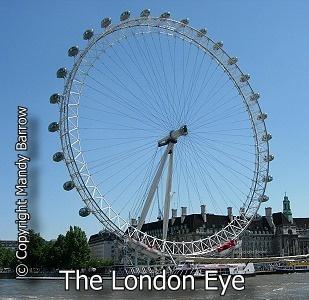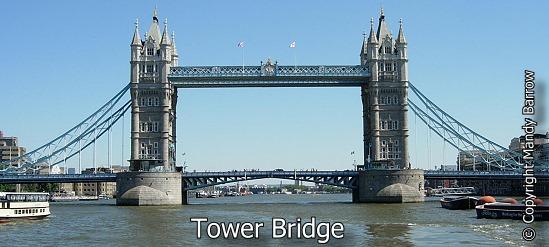LONDON - THE CAPITAL OF GREAT BRITAIN.
London is the biggest city in Britain and one of the biggest in the world. More than eight million people live and work there. London is one of the most important cities in the world. It is the centre for business and for tourism.
In London you can find some of the best theatres, cinemas and museums. There are many beautiful old churches in London.
There are about 10 thousand streets in London. Most of the streets are not very wide. There are a lot of shops in London. The main shopping centre is Oxford Street. You can buy nearly everything here. People from all over the world do shopping in Oxford Street.
You can find many old and new beautiful parks in the city. The largest park in London is Hyde Park. It is one of the most popular places of Londoners on hot summer days. There are many other pleasant parks and green squares there too.
THE ROMANS.
The Romans came to the island Great Britain long, long time ago. They built a town on the River Thames. The called the town Londinium. The place for the town was very good. Soon the Romans built a bridge over the River Thames.
Londinium got bigger and bigger. The Romans built houses, palaces, roads, bridges. But in 410 the Roman legions were withdrawn from Great Britain, as the Goths were at the gates of Rome and the Romans rushed to defend their Empire. After them, Anglo-Saxon tribes came to Great Britain.
The river Thames has always been part of London's history. In Roman times Londinium was a small town with the Thames in the centre. Now London is a very large city but the river Thames is still in the centre of London as the city has grown in both sides of it.
Until 1749, there was only one bridge over the river: London Bridge. The old London Bridge looked very strange. There were houses and shops on it.
Unfortunately, we cannot see old London Bridge in London now: in the hard times, when it was clear that London needed new bridges but there was no money, government decided:to sell the Old Bridge to some rich American. Now it is in America but there is no river under it - only a street.
In the 19-th century there were already many new bridges in London. Now there are twenty seven bridges over the Thames.
SOME INTERESTING FACTS.
London is in fact three cities: the City of London, the East End and the West End.
There are 27 bridges over the Thames in London and 8 tunnels under the river.
London is 46 kilometres from north to south and 58 kilometres from east to west.
London has got more than 8 million people and that's 13% of Britain's population.
WILLIAM THE CONQUEROR.
At the beginning of the 11-th century England was already a big country and London was a very important city.
In 1066 William from Normandy came with his people to England. They were French. William thought that he had right to become King of England. After the battle at Hastings he got the name of William the Conqueror and became King of England. The King lived in London. A lot of his people lived in London too. But William was afraid of the English, of Londoners and he built the White Tower to live in it. It was the beginning of the Tower of London and now it is one of the most important and beautiful buildings in it.
All Kings and Queens of England lived in London. It became the biggest city in the country. By 1600 there were more than 200,000 people in London.
THE GRATE FIRE OF LONDON.
In those days people usually built houses of wood, and they were very close to one another. Sometimes there were fires in the city, but they were usually very small. Then came 1666, the year of the Great Fire of London.
On Saturday, on the second of September 1666 there was a strong wind from the river and a big fire began. You should know that the summer of that year was unusually dry and hot in London, and wooden houses became very dry too, and the wind was very strong and blew from the river. All these caused a very big fire. It started in the house of the king's baker, near London Bridge.
The baker's wife woke up in the middle of the night because the house was on fire. Soon the next house started burning and than the next and the next: Houses burnt like matches:
London's burning, London's burning.
Fetch the engines. Fetch the engines.
Fire, fire! Fire, fire! Pour on water, pour on water.
The fire burnt until Thursday. The fire burnt for four days and destroyed 80% of the city. More than 250,000 people didn't have home any more. But, in spite of everything, not anybody died in that fire!
One more very important thing. In 1665 plague broke in England. It was called the Great Plague. It covered all the country. The Plague crawled from town to town, from village to village, killing people and not knowing any mercy. People were in terror. They left their houses trying to run away from Black Death. It came into London. 75,000 Londoners died from the plague. The Great Fire ruined crooked streets, but The Great Fire put the end to The Great Plague.
After the Great Fire people built a new city. The city was becoming larger and larger. By 1830 there were more than one and a half million people in London. The railways came and London was becoming richer and richer. New houses of stone or brick, not wood, were built. Streets became wider and straight. But the city was still rather dirty.
SOME INTERESTING FACTS.
Bloomsbury Square is one of the oldest in London. It is more than 300 years old. It is the literary part of the city. A lot of writers and critics live there.
The British Museum is not far from Bloomsbury Square and the square is famous for the Museum. The British Museum is very old. It was founded in 1753. It is in Great Russell Street. The British Museum has a large Reading Hall. A lot of famous people worked there. The Library of the Museum has one of the best collections of books and manuscripts in the world.
One of the best and famous London cinemas is the "Odeon".
One of the oldest churches in London is St. Paul's Cathedral.
One of the most famous London theatres, the Royal Opera House or Covent Garden, is : in the centre of the vegetable market.
Piccadilly Circus is the centre of night life in the West End. This is one of the most popular meeting places of London.
London buses are of 2 kinds: the double-decker and the single-decker. But London buses are always red. Double-deckers have seats for 65 people. Only 5 people are allowed to stand when the seats are full.


